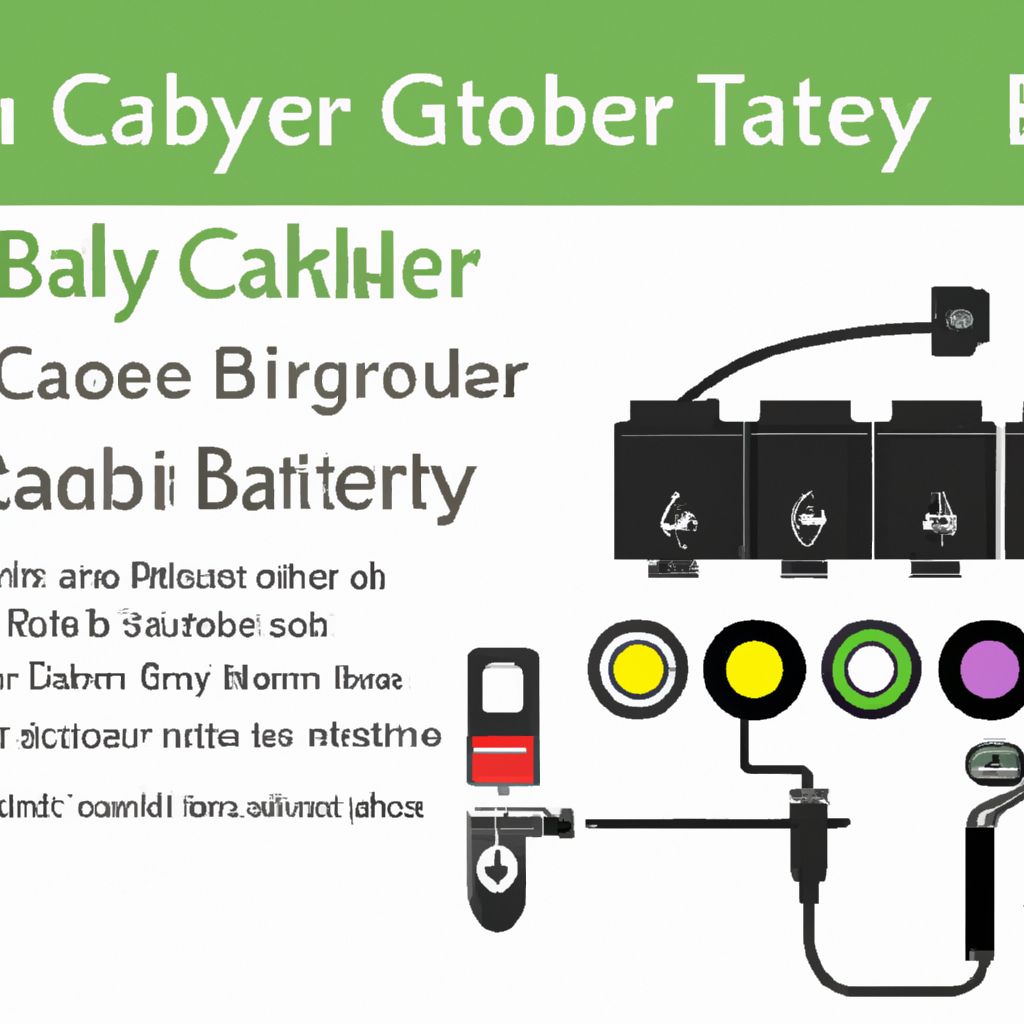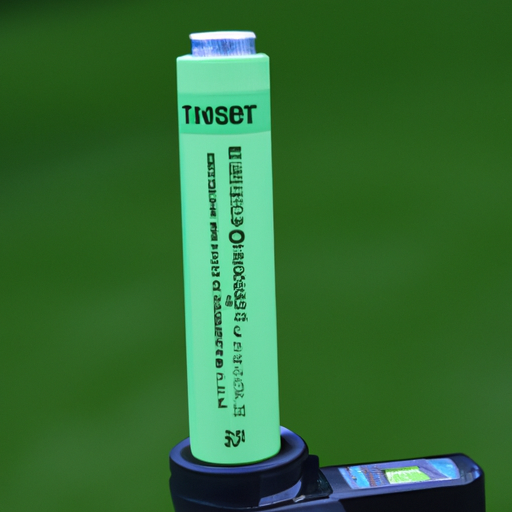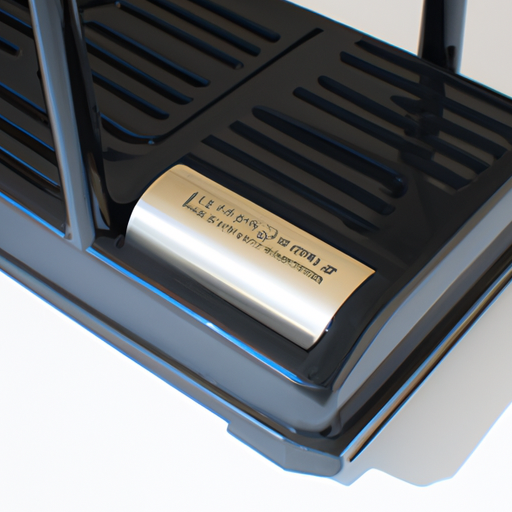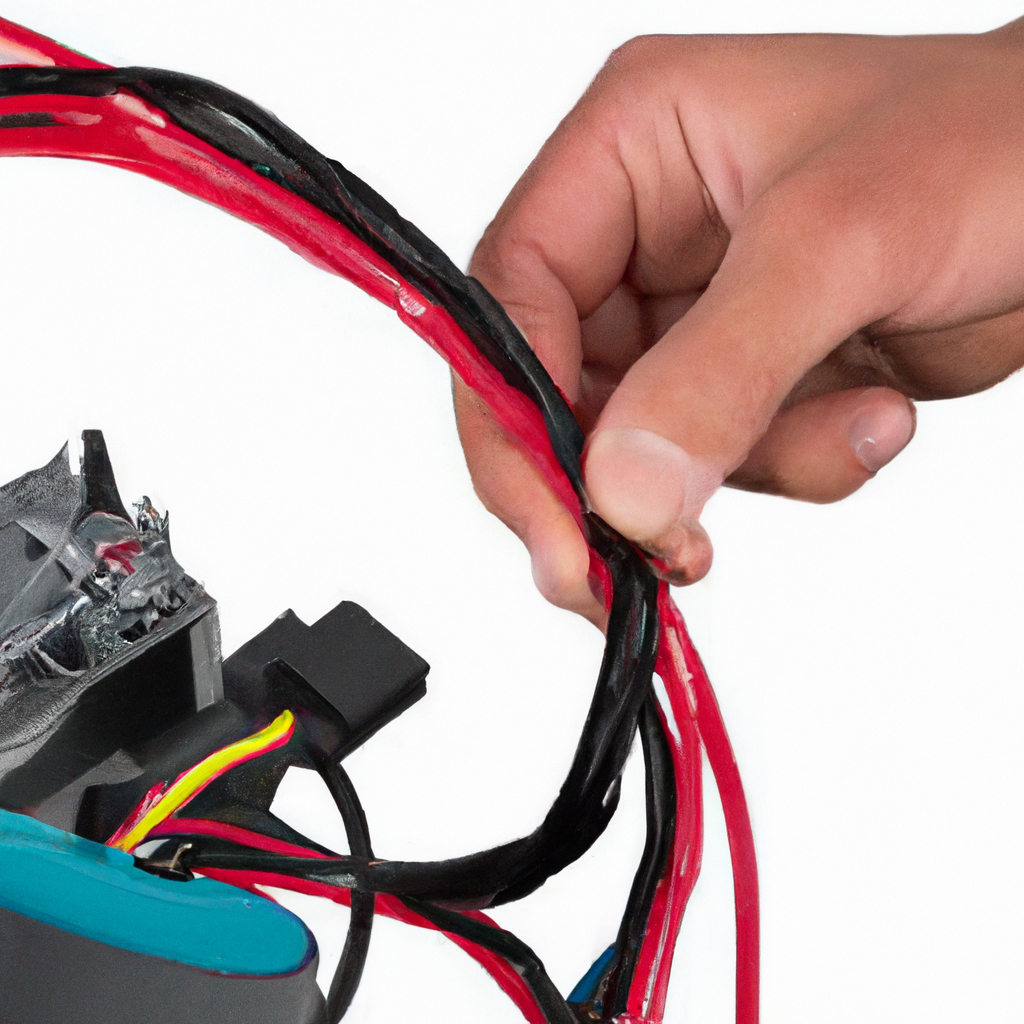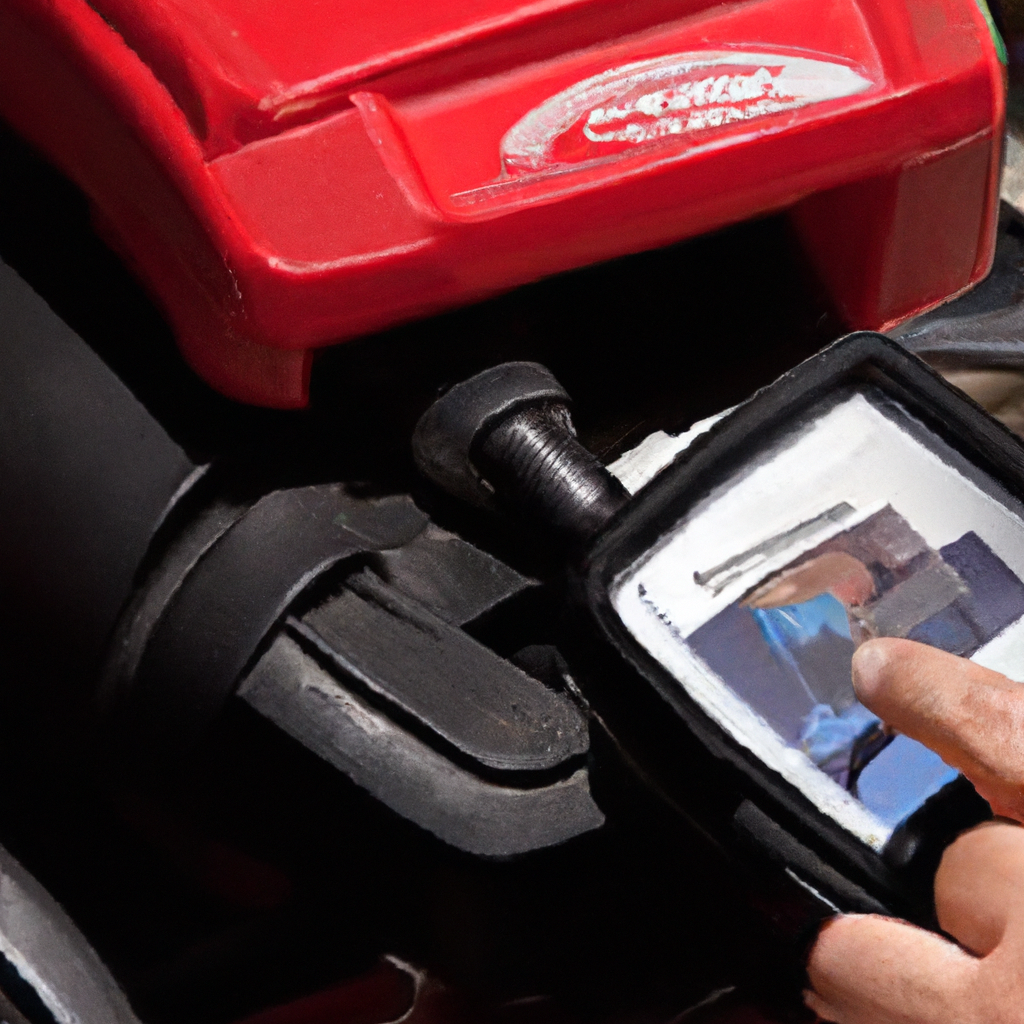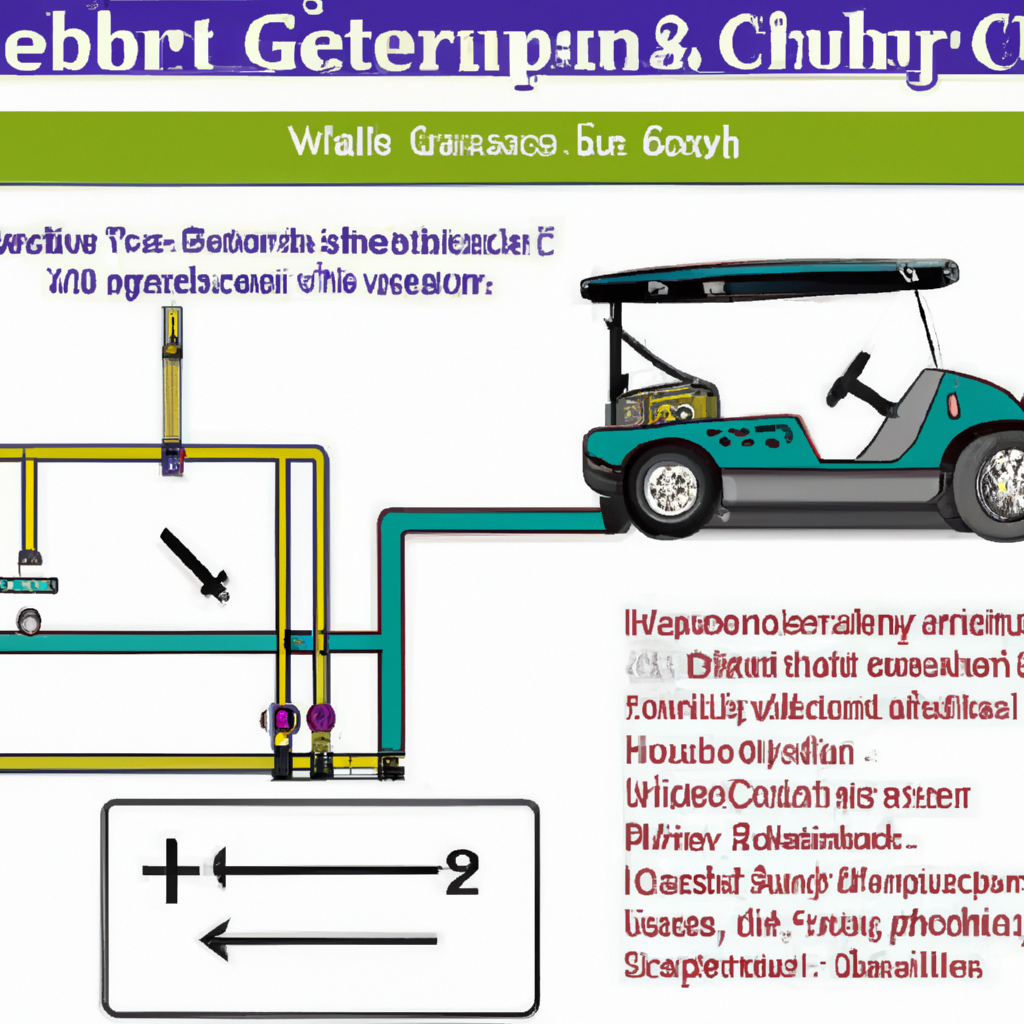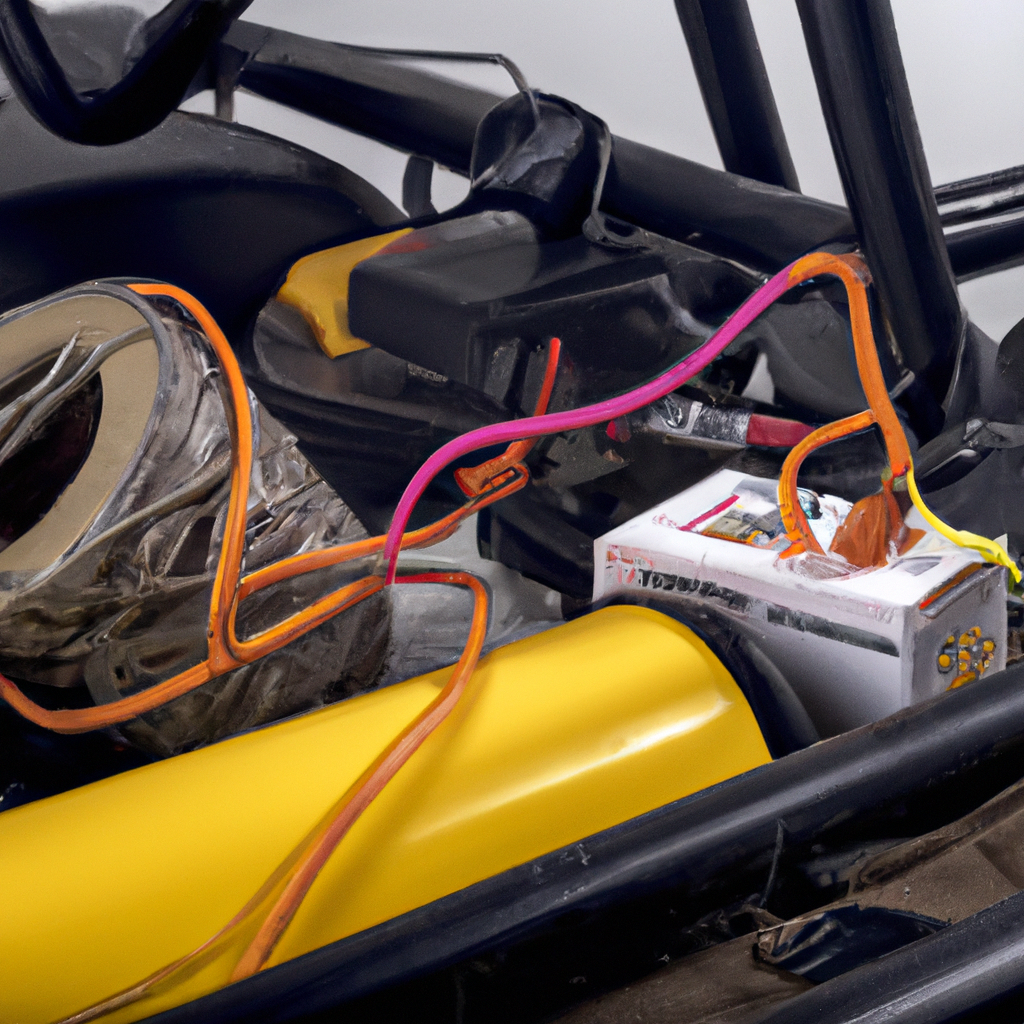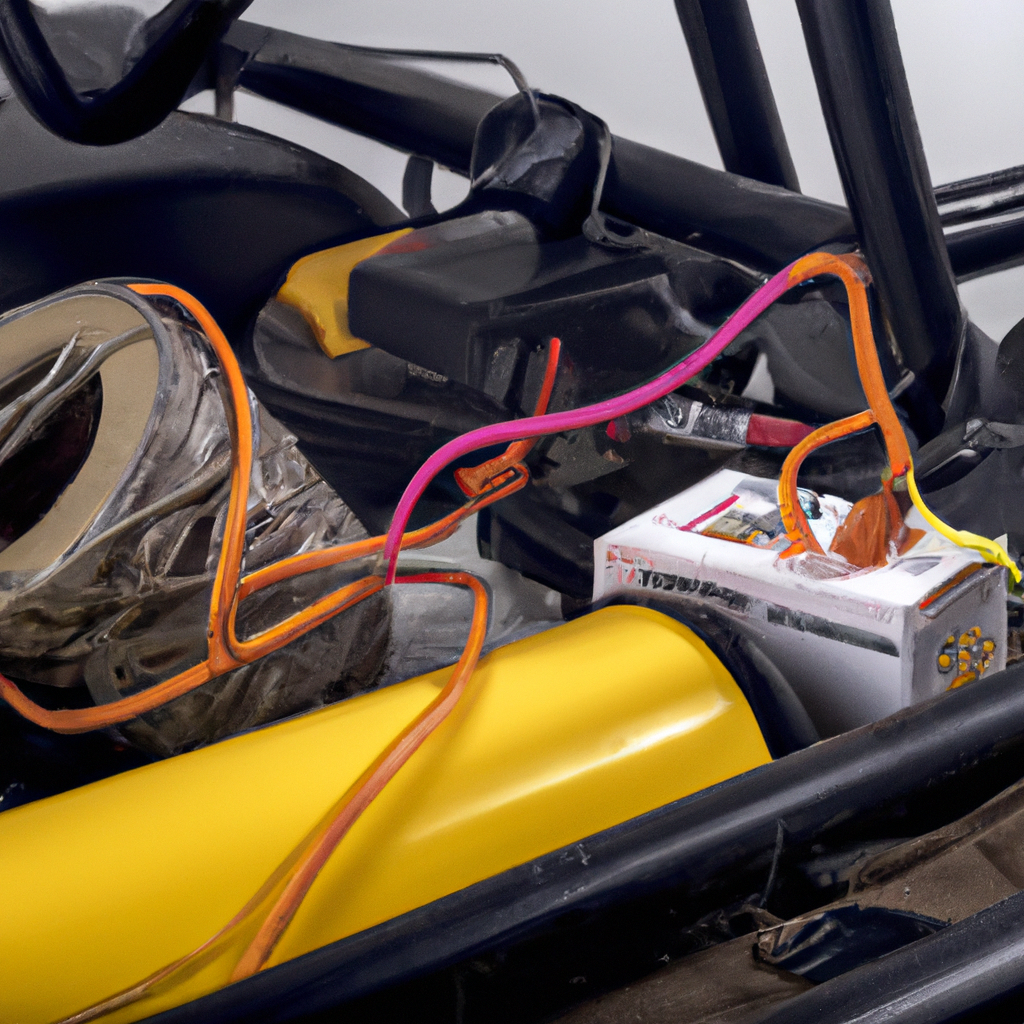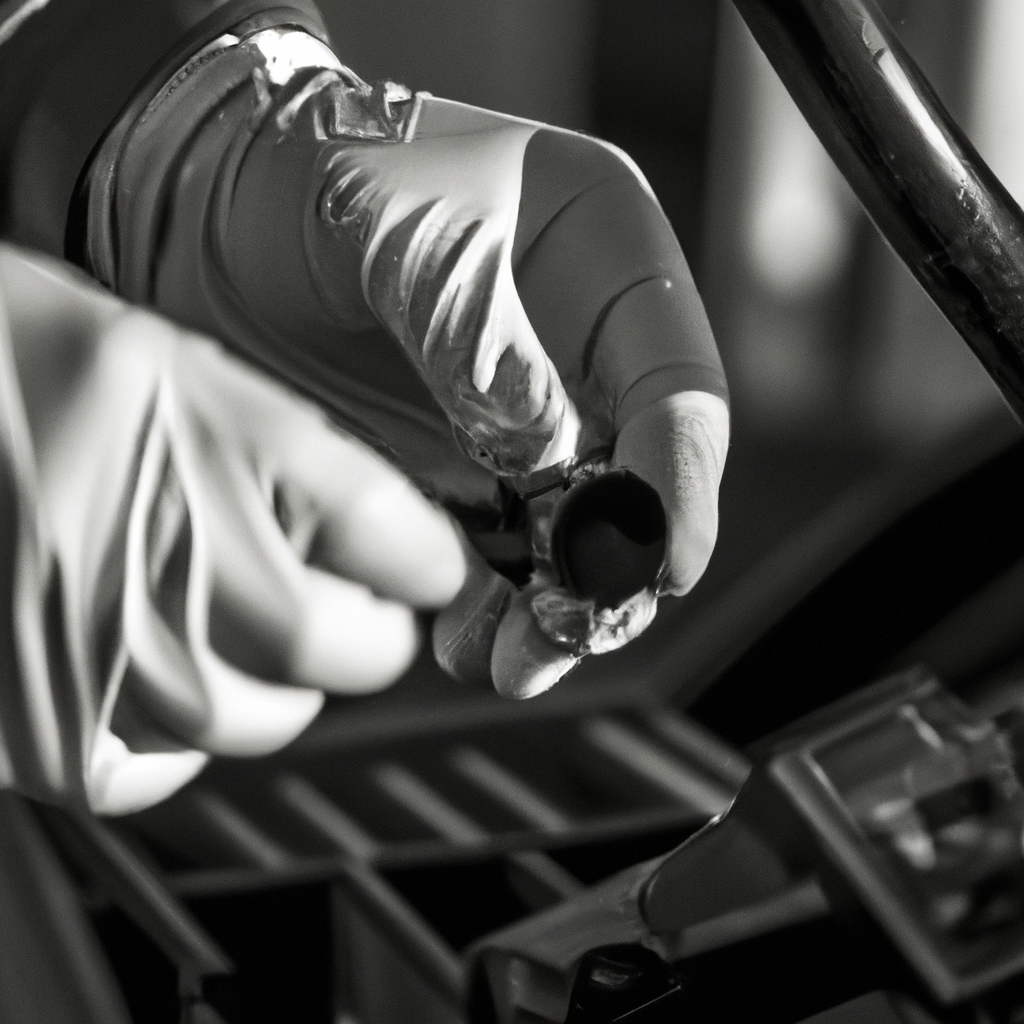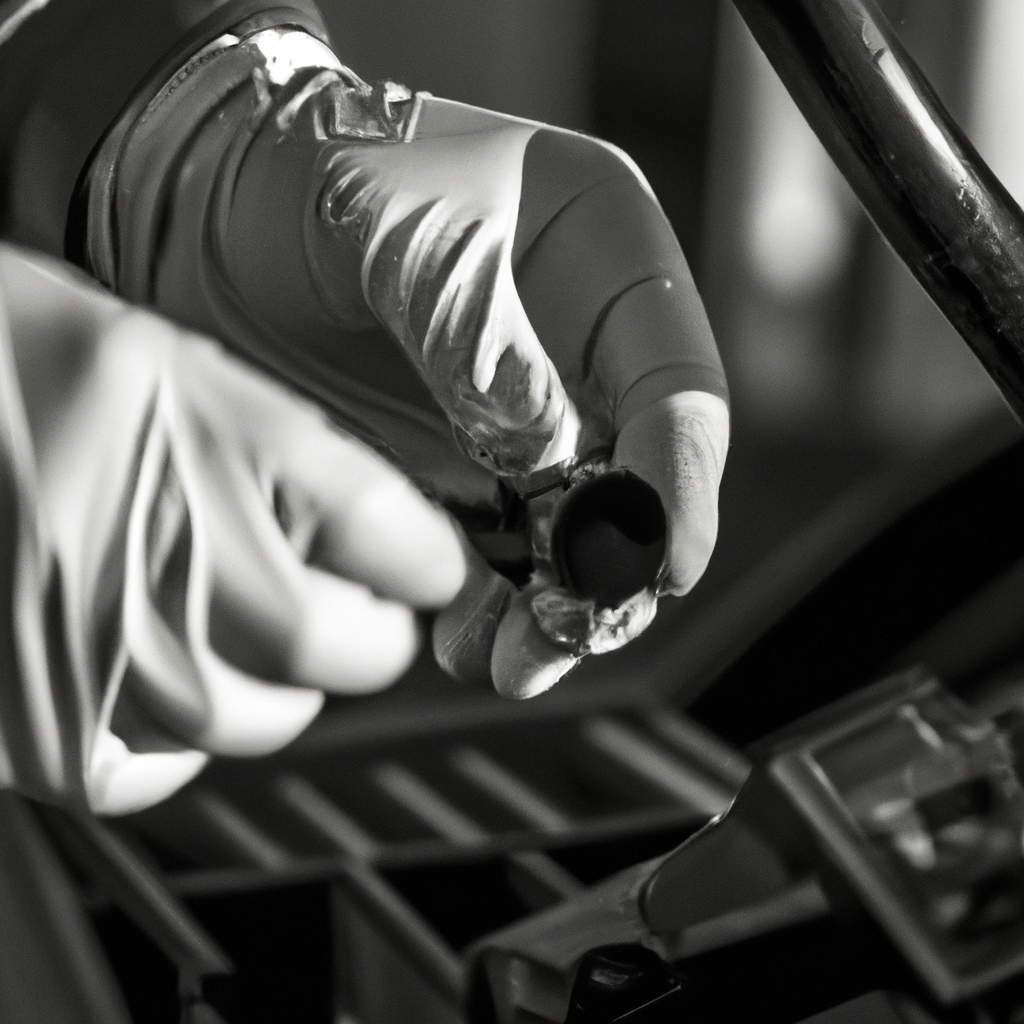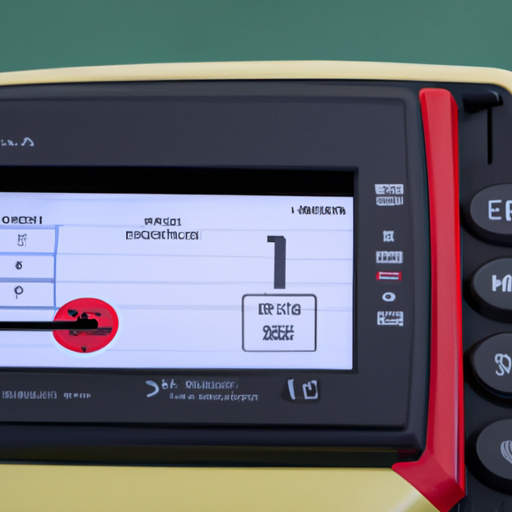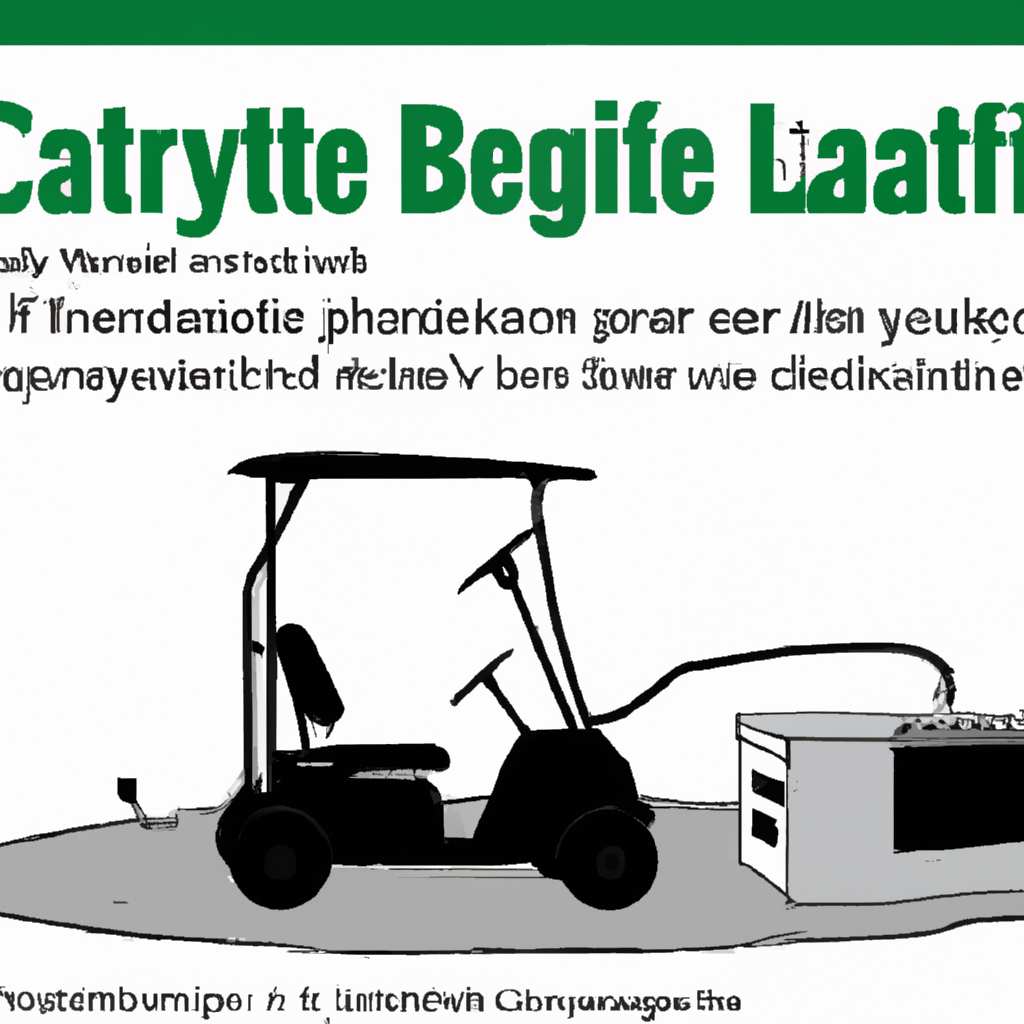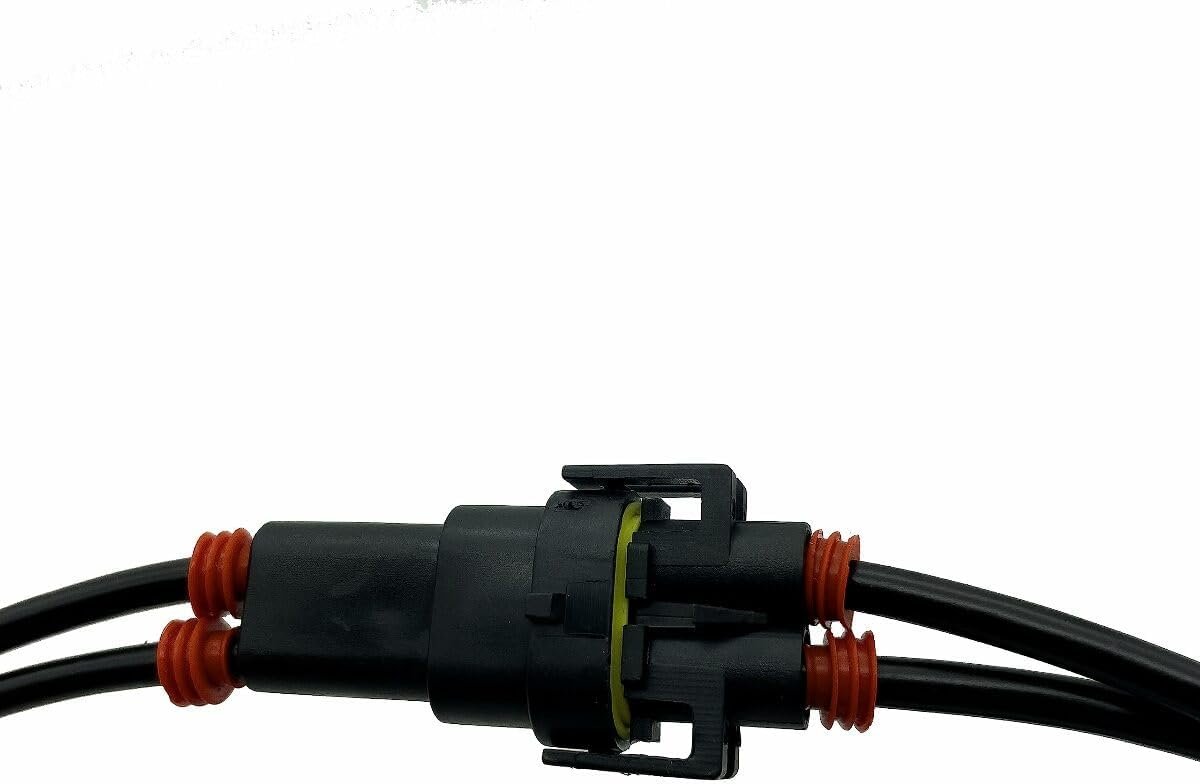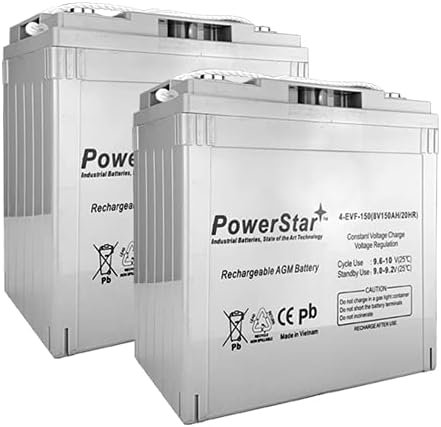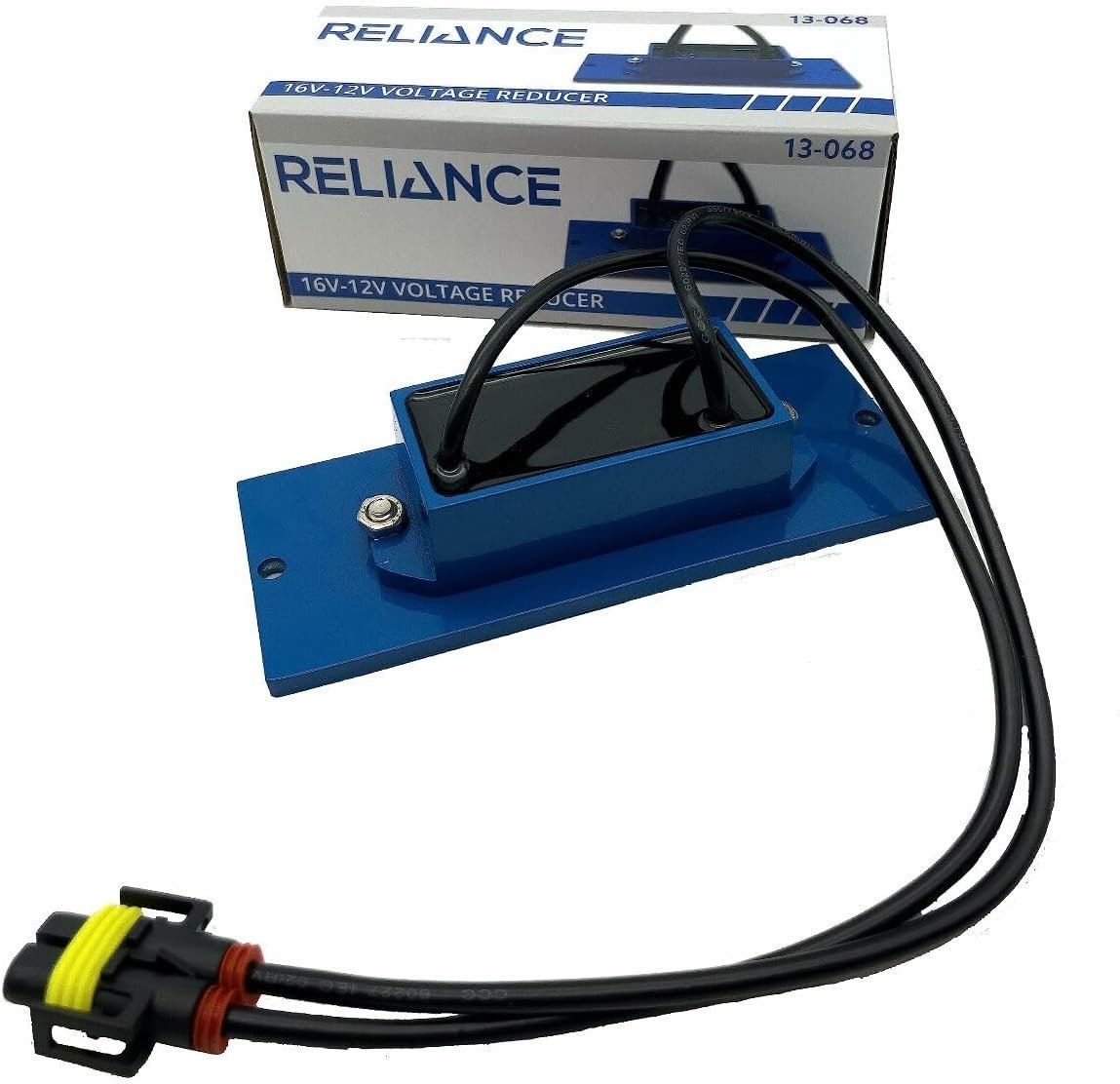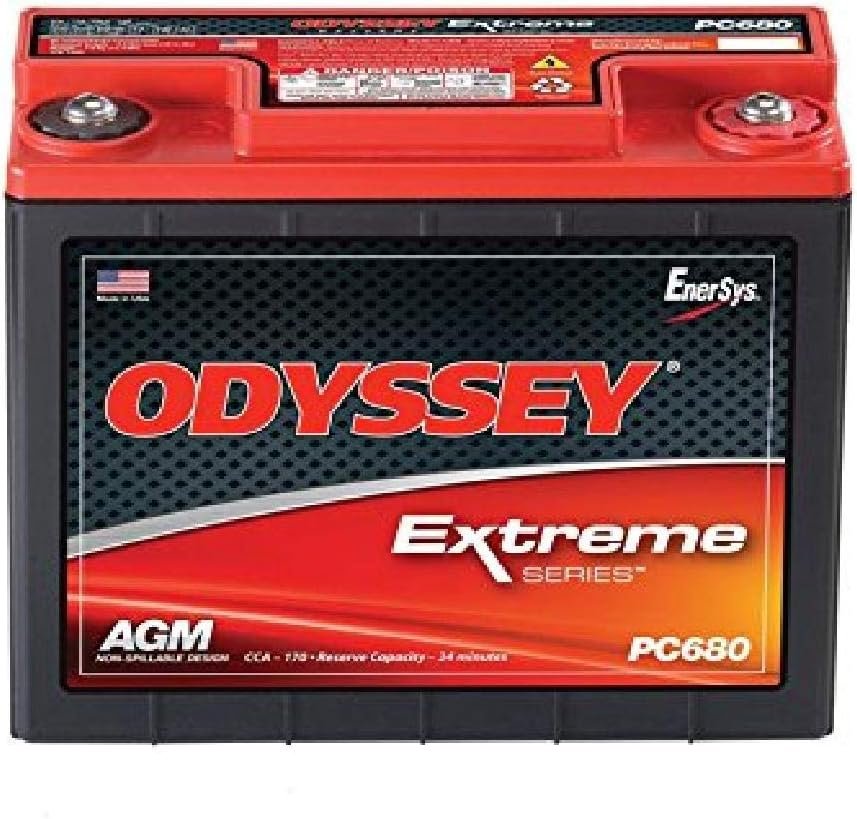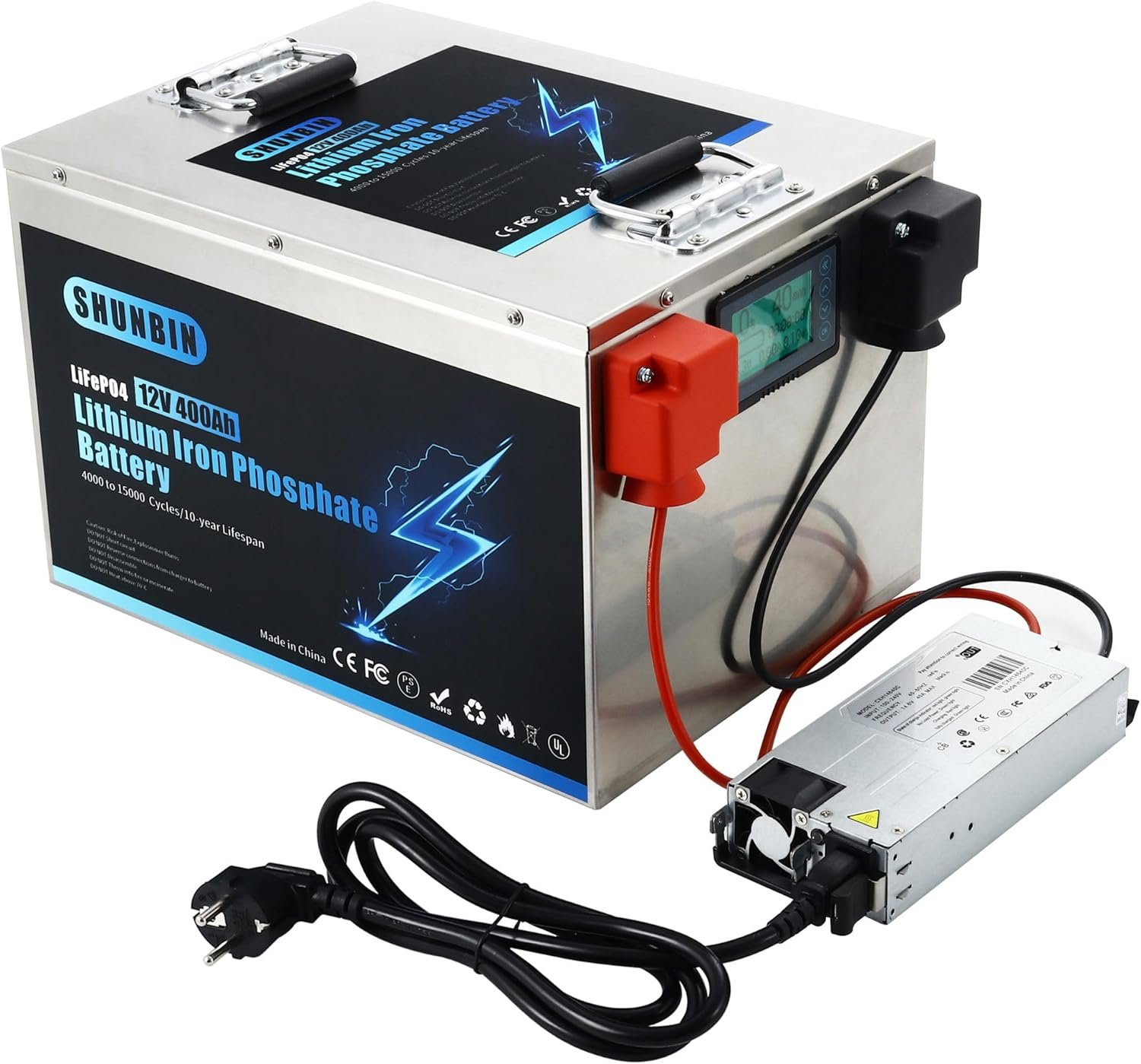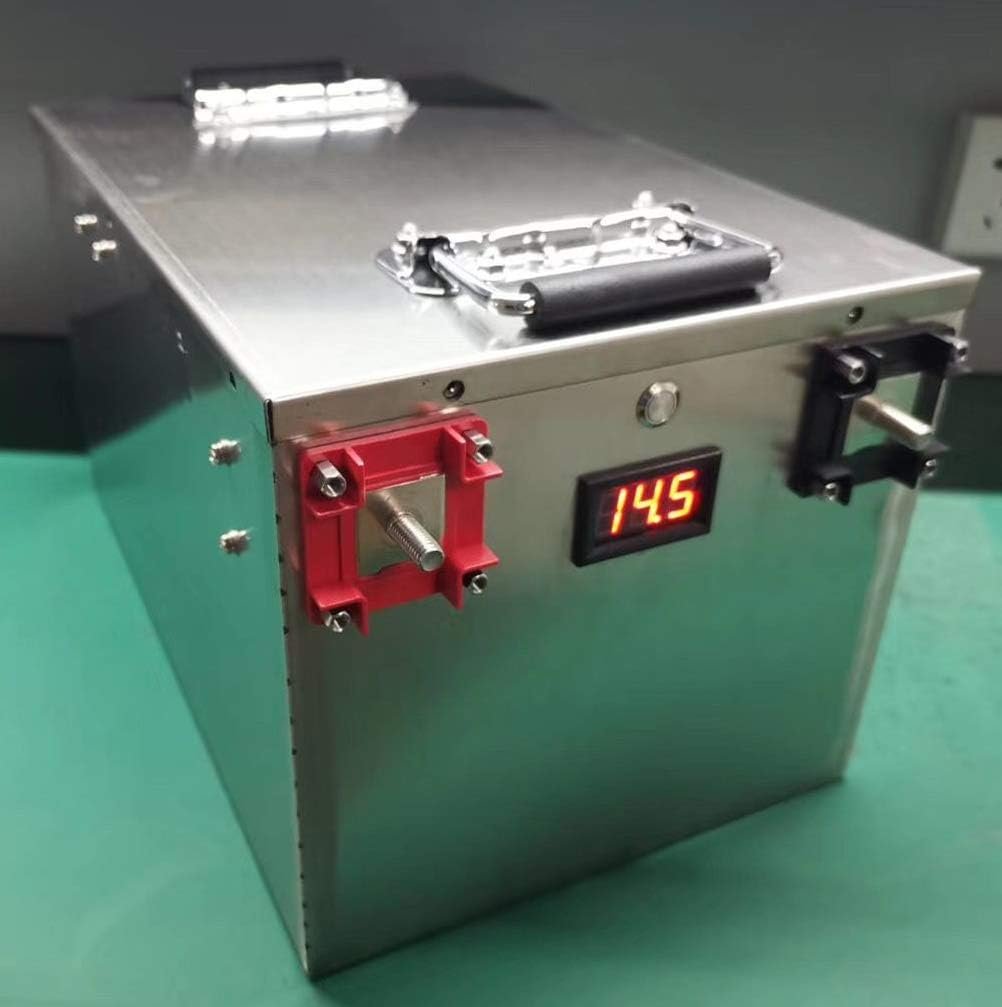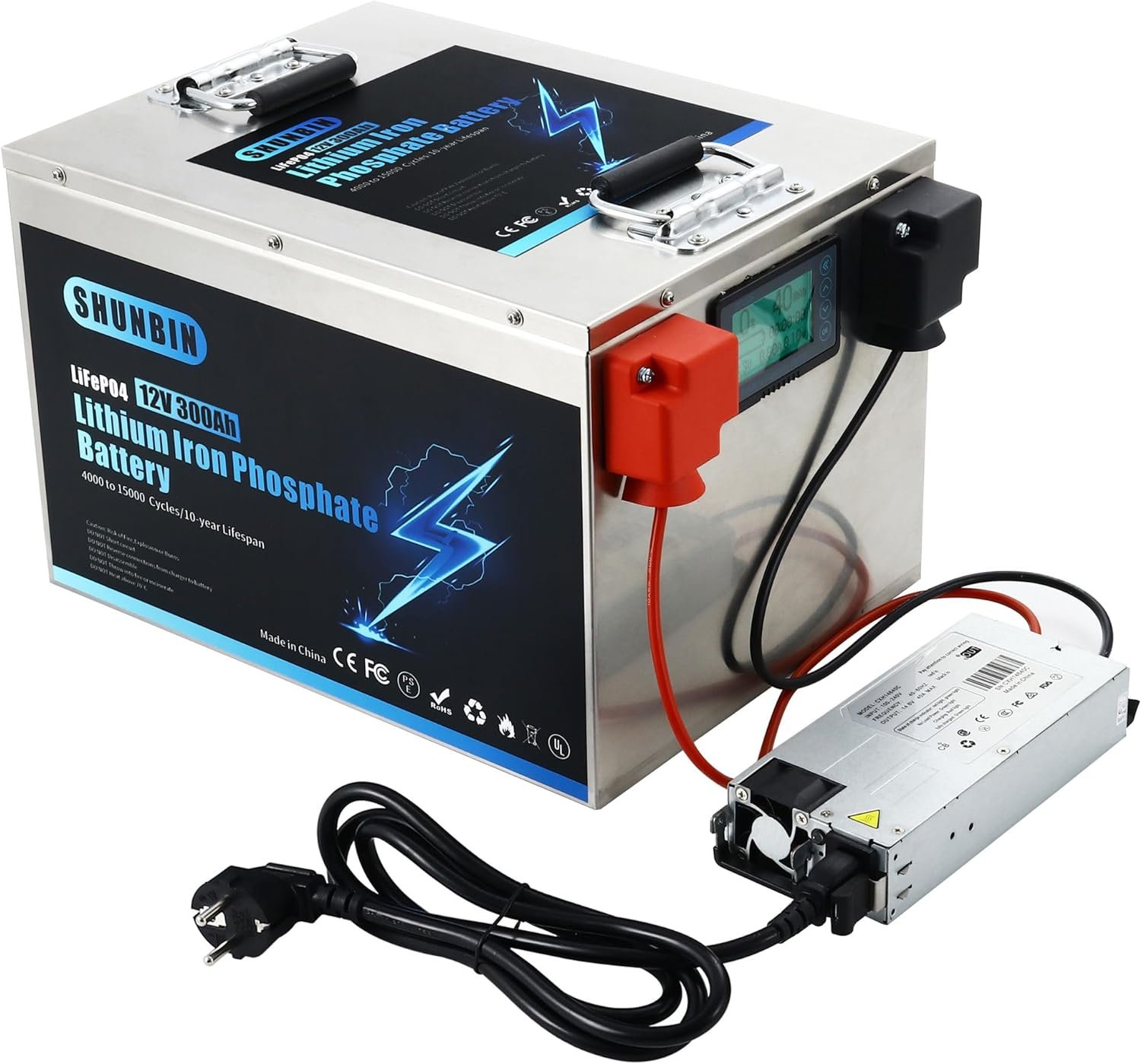So you’re in the market for 48V golf cart batteries, huh? Well, you’ve come to the right place! In this article, we’ll break down everything you need to know about determining the cost of these batteries. From factors that affect pricing to where you can find the best deals, we’ve got you covered. By the end, you’ll have all the information you need to make an informed decision and get the most bang for your buck. So let’s dive right in and explore the world of 48V golf cart batteries together, shall we?

Factors Affecting the Cost of 48V Golf Cart Batteries
When it comes to buying 48V golf cart batteries, there are several factors that can influence the cost. Understanding these factors can help you make an informed decision and find the best battery for your needs at the right price.
Battery Capacity
One of the key factors that affect the cost of 48V golf cart batteries is the battery capacity. Batteries with higher capacities tend to be more expensive than those with lower capacities. This is because high-capacity batteries can provide more power and longer runtime, making them ideal for golf carts that require sustained use over extended periods.
Battery Type
There are several types of batteries available for 48V golf carts, each with its own advantages and disadvantages. The different types include Flooded Lead Acid (FLA) batteries, Deep Cycle AGM batteries, Lithium-Ion (Li-Ion) batteries, Gel batteries, and Sealed Lead Acid (SLA) batteries. The cost of these batteries can vary based on factors such as performance, lifespan, and maintenance requirements.
Brand and Reputation
The brand and reputation of the battery manufacturer can also impact the cost. Established brands with a long-standing reputation for quality and reliability often come at a higher price point. However, they also offer assurance and peace of mind in terms of product performance and customer support. On the other hand, newer or lesser-known brands may offer competitive prices to establish themselves in the market.
Warranty
The warranty provided by the battery manufacturer is another factor to consider. Batteries with longer warranty periods often come at a higher cost, but they provide protection against defects, premature failures, and other issues that may arise. It’s important to carefully review the terms and conditions of the warranty to understand what is covered and what is not.
Age and Condition of Batteries
In some cases, the age and condition of the batteries can affect their cost. New batteries, without any previous usage, are generally priced higher than used batteries. However, it’s crucial to evaluate the health and performance of used batteries before making a purchase to ensure they will meet your requirements and avoid potential risks.
Quantity and Bulk Purchase
If you are looking to purchase multiple batteries, buying in bulk can often result in discounted pricing. Some suppliers offer volume discounts, which can significantly reduce the cost per unit when buying multiple batteries at once. It’s worth exploring bulk purchase options and negotiating with suppliers to secure the best deal.
Sales and Promotions
Keep an eye out for sales and promotions in your search for 48V golf cart batteries. Seasonal discounts, holiday specials, and brand-specific promotions can all provide opportunities to save money. Additionally, consider seeking recommendations from golf cart communities or online forums where fellow golf cart owners may share information about any ongoing deals or discounts.
Installation and Maintenance Costs
While not directly related to the cost of the batteries themselves, it’s important to consider the installation and maintenance costs. Professional installation services may come with additional charges, so it’s worth comparing the costs of self-installation versus professional help. Additionally, factor in any ongoing maintenance and replacement costs, as well as potential charging system upgrades, to get a complete picture of the overall expenses.
Additional Features
Some batteries may come with additional features that can increase their cost. These features could include advanced safety mechanisms, battery management systems, or compatibility with specific golf cart models. Assess your needs and consider whether these extra features are worth the additional expense.
Geographical Location
Lastly, the geographical location can also impact the cost of 48V golf cart batteries. Local supply and demand, taxes and duties, as well as shipping and transportation costs, can all vary based on your location. It’s advisable to consider the total cost, including any associated expenses, when comparing prices from different regions or suppliers.
By considering these factors, you can better understand the cost aspects of 48V golf cart batteries and make an informed decision that suits both your budget and your golf cart’s requirements.
Comparing Different Types of 48V Golf Cart Batteries
When choosing a battery for your 48V golf cart, it’s important to be familiar with the different types available and their respective characteristics. Here, we will explore the main types of 48V golf cart batteries and their benefits.
Flooded Lead Acid (FLA) Batteries
Flooded Lead Acid (FLA) batteries are the most common and traditional type of battery used in golf carts. They are known for their reliability, durability, and affordability. FLA batteries require regular maintenance, including checking the water levels and adding distilled water as needed. They offer a good balance between price and performance, making them a popular choice for many golf cart owners.
Deep Cycle AGM Batteries
Deep Cycle AGM (Absorbent Glass Mat) batteries are sealed batteries that use advanced technology to eliminate the need for regular maintenance. They are spill-proof and vibration-resistant, making them a safer option for golf carts. AGM batteries offer excellent performance, high cycle life, and fast recharging capabilities. However, they tend to be more expensive upfront compared to FLA batteries.
Lithium-Ion (Li-Ion) Batteries
Lithium-Ion (Li-Ion) batteries are known for their lightweight design, high energy density, and long lifespan. They offer faster charging times, longer runtime, and require minimal maintenance. Li-Ion batteries are also highly efficient and can withstand a wide temperature range. While Li-Ion batteries are more expensive initially, their benefits in terms of performance and lifespan can outweigh the higher cost for some golf cart owners.
Gel Batteries
Gel batteries are similar to AGM batteries in terms of their sealed design and maintenance-free operation. They use gel electrolytes instead of liquid, which helps prevent leaks and spillage. Gel batteries are highly resistant to vibration and can provide reliable performance in extreme temperatures. However, they have a lower cycling capacity compared to FLA or AGM batteries, and they tend to be more expensive.
Sealed Lead Acid (SLA) Batteries
Sealed Lead Acid (SLA) batteries are similar to FLA batteries but are sealed to prevent electrolyte leaks and spills. They are a cost-effective option that offers reliable performance and requires minimal maintenance. SLA batteries are often used as a more affordable alternative to AGM or gel batteries, especially in golf carts with light to moderate usage requirements.
When comparing the different battery types, consider factors such as performance, maintenance requirements, lifespan, and cost. Think about your specific needs, budget, and preferences to determine which type of battery would be the best fit for your 48V golf cart.
Determining the Battery Capacity You Need
Selecting the right battery capacity for your 48V golf cart is crucial to ensure optimal performance and longevity. Here’s a step-by-step process to help you determine the battery capacity you need.
Assessing Golf Cart Requirements
The first step is to assess your golf cart’s requirements. Consider factors such as the weight of the cart, any additional accessories or modifications, the terrain you’ll be driving on, and the average distance you typically travel in a single trip. These factors can help you determine the power demands and runtime needed from your battery.
Analyzing Battery Usage
Next, analyze the typical usage patterns of your golf cart. Do you use it for short, frequent trips, or do you require longer runtime for extended rides? Understanding how frequently and for how long you use your golf cart can help estimate the battery capacity required to meet your needs.
Calculating Required Amp-Hour (Ah) Capacity
Once you have gathered the necessary information, you can calculate the required Amp-Hour (Ah) capacity. The Ah rating indicates the amount of charge a battery can deliver over a specific period. To calculate the required Ah capacity, divide the total watt-hours (Wh) by the battery voltage (V).
Choosing the Right Battery
With the calculated Ah capacity in mind, you can now choose the battery that best matches your requirements. Refer to the specifications provided by the battery manufacturer to ensure the chosen battery meets or exceeds the required Ah capacity. Consider other factors such as battery type, lifespan, maintenance requirements, and cost to make a well-rounded decision.
Remember, selecting a battery with a higher capacity than required can provide additional runtime and reserve power, but it comes at a higher cost. On the other hand, choosing a battery with insufficient capacity may result in shorter runtime and potential damage to the battery. Therefore, it’s crucial to carefully evaluate your golf cart’s requirements and choose the battery capacity that provides the optimal balance between performance and cost.
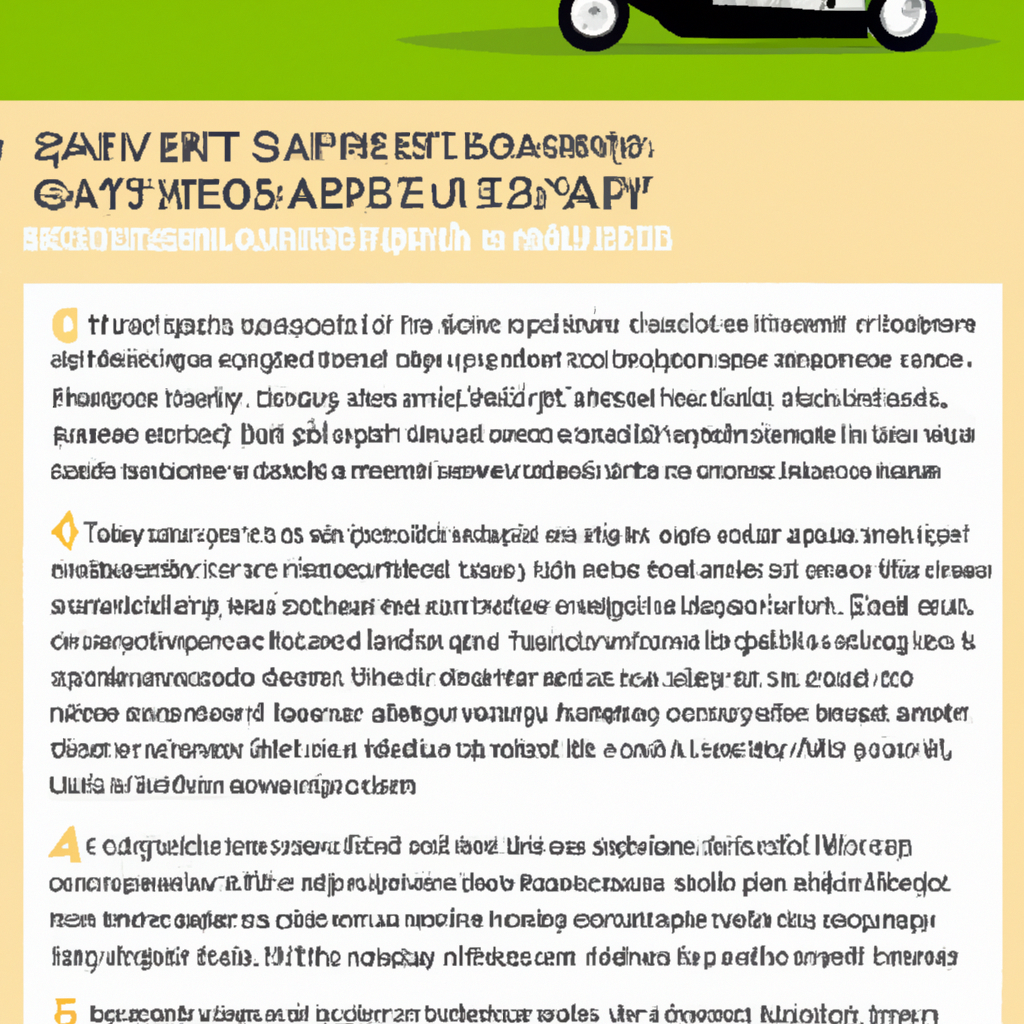
Evaluating Different Brands and Their Pricing
When it comes to purchasing 48V golf cart batteries, evaluating different brands and their pricing is an essential step. Here are some factors to consider during your evaluation:
Researching Established Brands
Start by researching well-established battery brands with a reputation for quality and reliability. Look for brands that have been in the industry for a significant period and have a track record of producing high-performing batteries. Established brands often come with a higher price point but offer assurance in terms of product quality and customer support.
Considering Newer Brands
While established brands are often trusted for their reliability, newer brands may offer competitive pricing as they strive to establish their presence in the market. Don’t overlook the potential of newer brands, but make sure to thoroughly research their products, customer reviews, and warranty terms before making a decision.
Comparing Price vs. Quality
Price is an important consideration, but it should not be the sole determining factor. It’s crucial to strike a balance between price and quality. A battery that is priced significantly lower than competitors may not deliver the same performance or lifespan. Compare the specifications, performance features, and customer reviews of batteries in similar price ranges to get a better understanding of value for money.
Reading Customer Reviews
Customer reviews provide valuable insights into the real-world performance and customer satisfaction of different battery brands. Look for reviews from golf cart owners who have used the batteries for a reasonable period. Pay attention to both positive and negative feedback to get a comprehensive understanding of the pros and cons of each brand.
Considering Reputable Suppliers
Lastly, consider purchasing from reputable suppliers who have a history of delivering quality products and reliable customer service. Look for suppliers who specialize in golf cart batteries and have a wide range of options available. Reputable suppliers can offer guidance, recommend the most suitable batteries for your specific needs, and provide after-sales support if necessary.
By thoroughly evaluating different brands and their pricing, you can make an informed decision and find the best battery for your 48V golf cart that offers the right balance of quality and affordability.
Understanding Battery Warranty and Its Impact on Cost
Battery warranty is an important consideration when purchasing a 48V golf cart battery. Here’s what you need to know about battery warranties and how they can impact the overall cost.
Different Warranty Terms
Battery warranties can vary significantly between manufacturers. Some batteries may come with a warranty period as short as one year, while others may offer warranties of up to five or more years. It’s important to carefully review the warranty terms to understand what is covered by the warranty and for how long.
Coverage and Exclusions
Battery warranties generally cover manufacturing defects and premature failures during the specified warranty period. However, it’s important to be aware of any exclusions or limitations mentioned in the warranty terms. For example, warranties typically do not cover normal wear and tear, damage caused by misuse or neglect, or failure due to improper installation or maintenance.
Evaluating Warranty Length
The length of the warranty is a key factor to consider when assessing the overall cost. Batteries with longer warranty periods may come at a higher initial cost but can offer peace of mind knowing that you are protected against unforeseen issues. On the other hand, batteries with shorter warranty periods may be more affordable upfront but come with a higher potential risk of incurring replacement costs earlier.
General Warranty Guidelines
When comparing different batteries and their warranties, there are a few general guidelines to keep in mind. Look for batteries with warranties that match or exceed the expected lifespan of the battery, as this indicates the manufacturer’s confidence in their product. Additionally, consider whether the warranty is provided by the battery manufacturer directly or through a third-party, as this can impact the ease of warranty claims.
Considering Pro-Rated and Non-Pro-Rated Warranties
Pro-rated and non-pro-rated warranties are two common types of warranties. Pro-rated warranties offer diminishing coverage over time, meaning the battery replacement cost is partially covered based on the remaining warranty period. Non-pro-rated warranties, on the other hand, provide full coverage for the specified warranty period. Consider how the warranty coverage is structured and how it may impact the potential replacement costs over time.
By understanding battery warranties and their impact on cost, you can make a more informed decision when choosing a 48V golf cart battery. A reliable warranty can provide peace of mind and save you money in the long run if any unexpected issues arise.
Taking into Account the Age and Condition of Batteries
The age and condition of batteries are important factors to consider when purchasing 48V golf cart batteries. Here’s what you need to know about the age and condition of batteries and their impact on cost.
New vs. Used Batteries
New batteries are those that have never been used before and are typically priced higher than used batteries. They come with the assurance of optimal performance and lifespan, making them a popular choice for those seeking reliability. Used batteries, on the other hand, have been previously used and may exhibit varying levels of wear and tear. While used batteries tend to be more affordable, it’s essential to evaluate their condition and performance before making a purchase.
Battery Lifespan
Batteries have a limited lifespan, and as they age, their performance and capacity may degrade. The lifespan of a battery can vary based on factors such as usage patterns, maintenance, and environmental conditions. When considering the cost of batteries, it’s important to factor in their expected lifespan and evaluate whether the price aligns with the remaining usable life.
Testing the Health of Used Batteries
If you are considering purchasing used batteries, it’s crucial to test their health before making a decision. Battery testers or load testers can help assess the capacity and performance of the batteries. Look for signs of excessive wear, corrosion, or damage that may impact the overall reliability and lifespan of the batteries.
Potential Risks of Buying Used Batteries
While used batteries can offer cost savings, they also come with potential risks. Used batteries may have a shorter remaining lifespan, exhibit diminished capacity, or be more prone to premature failures. Additionally, if the batteries were not properly maintained by the previous owner, their overall performance may be compromised. It’s important to carefully evaluate the risks and benefits before deciding to purchase used batteries.
By considering the age and condition of batteries, you can determine whether new or used batteries are the best option for your 48V golf cart. It’s crucial to prioritize reliability and performance while also keeping your budget in mind.
Exploring Discounted Pricing for Bulk Purchase
If you are in need of multiple 48V golf cart batteries, exploring discounted pricing through bulk purchase can yield significant cost savings. Consider the following factors when considering a bulk purchase:
Determining Bulk Purchase Options
Start by assessing your battery requirements and determining the quantity of batteries needed. Once you have an idea of the number of batteries required, reach out to battery suppliers and inquire about bulk purchase options. Many suppliers offer discounted pricing for bulk orders, especially when purchasing a large quantity.
Negotiating Discounts
Don’t be afraid to negotiate with battery suppliers to secure better pricing for your bulk purchase. Suppliers may be willing to offer additional discounts or tailor the pricing based on the quantity being purchased. It’s worth exploring your negotiation opportunities to further reduce the overall cost.
Checking for Volume Discounts
Some battery suppliers offer volume discounts based on the quantity being purchased. These volume discounts may be tiered, meaning that the more batteries you purchase, the greater the discount. Take advantage of these volume discounts to maximize cost savings when buying multiple batteries.
Considering Group Buys
Consider reaching out to fellow golf cart owners or golf cart clubs in your area to explore group buy opportunities. Group buys involve pooling resources to make a bulk purchase, which can result in better pricing due to the larger order quantity. By coordinating with others who have similar battery requirements, you can collectively negotiate better pricing and save on the overall cost.
Assessing Associated Costs
Keep in mind that there may be associated costs when making a bulk purchase. These costs can include additional shipping fees, taxes, or any required storage arrangements. Evaluate the total cost, including any associated expenses, to ensure that the bulk purchase remains cost-effective.
By exploring bulk purchase options, negotiating discounts, and considering group buys, you can make significant cost savings when purchasing multiple 48V golf cart batteries. It’s important to balance the quantity being purchased with the overall cost to ensure that it aligns with your budget and requirements.
Considering Sales and Promotions
Sales and promotions can be a great way to save money when purchasing 48V golf cart batteries. Here are some tips to consider when looking for sales and promotions:
Seasonal and Holiday Discounts
Many battery suppliers offer seasonal or holiday discounts throughout the year. Sales events such as Black Friday, Cyber Monday, or Independence Day may feature special promotions or discounted pricing. Keep an eye out for these events and plan your purchase accordingly to take advantage of the savings.
Brand-Specific Promotions
Some battery manufacturers may run brand-specific promotions to attract customers. These promotions can include price reductions, bundle deals, or incentives such as extended warranties or free accessories. Stay updated with the latest promotions from reputable battery brands to potentially save on your purchase.
Dealer Specials and Packages
Battery dealers or authorized distributors may offer their own specials and packages that include batteries along with other golf cart accessories or services. These deals can sometimes provide additional value and cost savings. Check with local dealers or reputable online retailers to see if any special packages are available.
Recommendations from Golf Cart Communities
Engaging with golf cart communities or online forums can be a valuable source of information regarding ongoing sales and promotions. Fellow golf cart owners may share their experiences and recommendations, including any current deals or discounts they have come across. Participate in these communities to stay informed and potentially benefit from the collective knowledge within the community.
By considering sales and promotions, you can potentially save money when purchasing 48V golf cart batteries. Take advantage of these opportunities to find the best deals and lower the overall cost of your battery purchase.
Factoring in Installation and Maintenance Costs
When budgeting for 48V golf cart batteries, it’s essential to consider the installation and maintenance costs. Here’s what you need to know about these factors:
Professional Installation Cost Factors
If you opt for professional installation, be aware that it often comes with additional costs. Factors that can influence the installation cost include the complexity of the installation, the amount of labor required, any additional modifications or upgrades needed, and the location of the installation. It’s advisable to obtain quotes from different installers and compare their prices to ensure you are getting a fair deal.
DIY Installation Considerations
Some golf cart owners may choose to install the batteries themselves to save on installation costs. However, it’s important to consider your own technical skills, knowledge, and access to the necessary tools and equipment. Improper installation can lead to safety hazards, performance issues, and potential damage to the batteries or the golf cart. If you decide to go the DIY route, make sure to follow the manufacturer’s instructions carefully and seek assistance if needed.
Ongoing Maintenance and Replacement Costs
While the initial installation cost is a one-time expense, ongoing maintenance and potential replacement costs should be factored into your budget. Regular maintenance can help prolong the lifespan and performance of your batteries, but it may involve additional expenses such as specialized cleaning solutions, battery terminal protectors, or specific tools. Additionally, over time, batteries may need to be replaced due to natural aging or unexpected failures. Planning for the potential replacement costs ensures that you are prepared for such situations.
Charging System Upgrades
If your current golf cart charging system is not compatible with the new batteries or does not meet your charging requirements, you may need to invest in charging system upgrades. These upgrades can include purchasing a new charger or modifying the existing charging system. The cost of charging system upgrades can vary based on the specific requirements and complexity of the modifications.
By considering the installation and maintenance costs, you can budget more accurately for your 48V golf cart battery purchase. Whether you choose professional installation or opt for a DIY approach, being aware of these costs ensures that there are no surprises and that your batteries are installed and maintained properly.
Comparing Regional Variation in Pricing
Pricing for 48V golf cart batteries can vary based on your geographical location. Understanding the factors that contribute to regional variation in pricing can help you make an informed decision and find the best deal. Consider the following factors:
Considering Local Supply and Demand
Local supply and demand dynamics can impact battery pricing. In areas where the demand for golf cart batteries is high and the supply is limited, prices tend to be higher. Conversely, in regions with ample supply and lower demand, prices may be more competitive. It’s worth considering the local market conditions to understand the regional variation in pricing.
Taxes and Duties
Taxes and duties can significantly impact the overall cost of 48V golf cart batteries. Different regions and jurisdictions may have varying tax rates or import duties imposed on battery products. Be sure to factor in these additional costs when comparing prices from different regions or suppliers.
Shipping and Transportation Costs
If you are purchasing batteries from a region that is geographically distant from your location, shipping and transportation costs can add up. The weight and size of batteries can contribute to higher shipping expenses. Consider reaching out to suppliers to inquire about shipping costs and any additional fees associated with transporting the batteries to your location.
Leveraging Online Marketplaces
Online marketplaces can provide access to a wider selection of battery options and potentially lower prices due to increased competition. By leveraging online platforms, you can compare prices from different sellers and even explore options from other regions or countries. It’s important to factor in any additional shipping costs or potential import duties when considering purchasing batteries through online marketplaces.
By considering regional variation in pricing, taxes and duties, shipping costs, and leveraging online marketplaces, you can broaden your options and potentially find better deals on 48V golf cart batteries. Assess the total cost, including any associated expenses, to ensure that you are getting the best value for your money.
In conclusion, the cost of 48V golf cart batteries is influenced by various factors such as battery capacity, type, brand reputation, warranty, age and condition, quantity, sales and promotions, installation and maintenance costs, additional features, and geographical location. By thoroughly understanding these factors and considering your specific requirements, preferences, and budget, you can make an informed decision and find the best 48V golf cart batteries at the most favorable price point.









